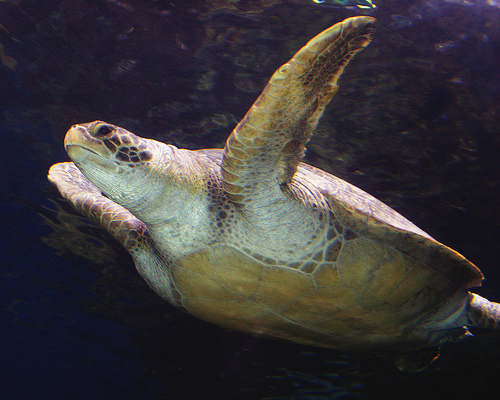
Ralphs
Discount tickets available at Ralphs for a limited time
Seahorses and seadragons are at risk because of activities affecting their habitat, including development, pollution, fertilizer runoff, and increased water temperatures due to climate change. They are also targets of the curio and traditional medicine trades and are impacted by harmful fishing practices like bottom trawling.
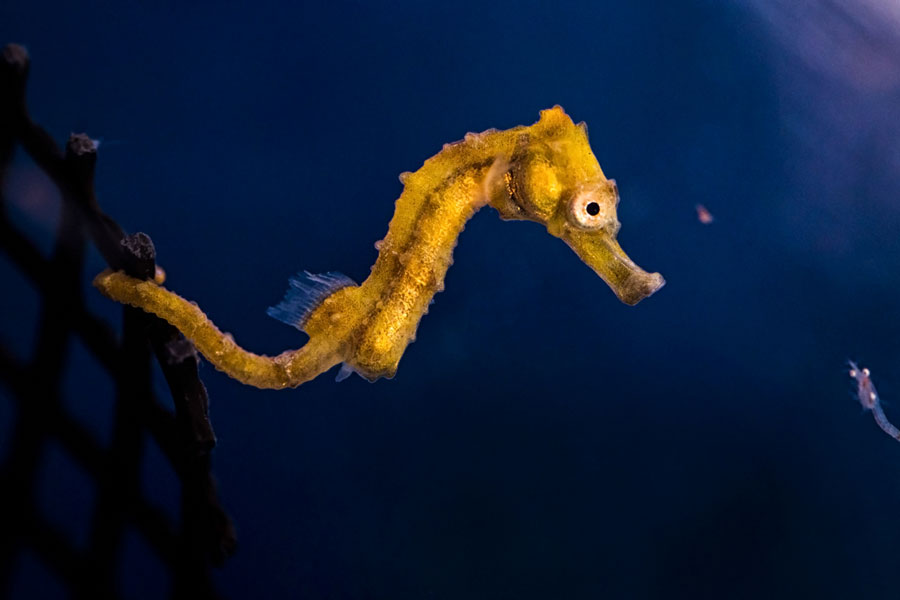
A baby seahorse eyes a mysid shrimp, its prey. Credit: Aquarium of the Pacific/Robin Riggs
Syngnathids are affected by threats to their habitats around the world. Their numbers are also in decline due to harmful fishing practices and collection for the curio and traditional medicine trades. Ocean conservation practices and increased regulation can help protect these animals.
Leafy and weedy seadragons have been listed as Near Threatened on the IUCN Red List since 2006. Like most coral reef inhabitants, seadragons are at risk because of habitat destruction due to human development, pollution, and agricultural fertilizer run-off. An increase in water temperature as a result of global climate change may affect their survival if they are unable to adapt. Both leafy and weedy seadragons are fully protected under Australia’s local, state, and federal legislation. In the past special licenses were required to collect or export them, but in 2015 the Australian government stopped issuing these licenses. This means that aquariums displaying these animals must now rely solely on propagation programs and sharing seadragons among institutions to add their collections.
Seahorses face similar pressures. An additional threat to their populations is their use in traditional medicines and collection for the live aquarium trade and as curios. Although data is insufficient to measure the impact their harvest for these purposes has on overall populations, millions of seahorses are collected each year and several countries have opted out of international trade recommendations that could regulate their import and export and help protect wild populations. IUCN lists eleven species of seahorses as Vulnerable, and one, the Knysna or cape seahorse native to South Africa, as Endangered. Most seahorse species tracked by IUCN are listed as Data Deficient. Because of their small size, their ability to camouflage, and their limited abundance, collecting data on seahorse populations is particularly challenging.
Harmful fishing practices like bottom trawling, which captures seahorses and seadragons and many other animals as bycatch, are particularly damaging to seafloor habitats and marine life.
Conservation groups like Project Seahorse are working with communities in areas where these animals are collected for use in the traditional medicine or curio trade. They are advocating for laws regulating the seahorse trade and training community members to become conservationists and preserve their local marine ecosystems. To help conserve syngnathid populations in the wild, construction and development in coastal areas should be limited; fisheries should be well regulated, especially in shallow-water habitats where seahorses and seadragons live; and pollutants should be prevented from entering the ocean through run-off. Preserving and protecting the ecosystems that are home to the beautiful and intriguing syngnathid family of marine animals will improve their populations and those of other animals in their habitats and ensure they continue to captivate generations to come.
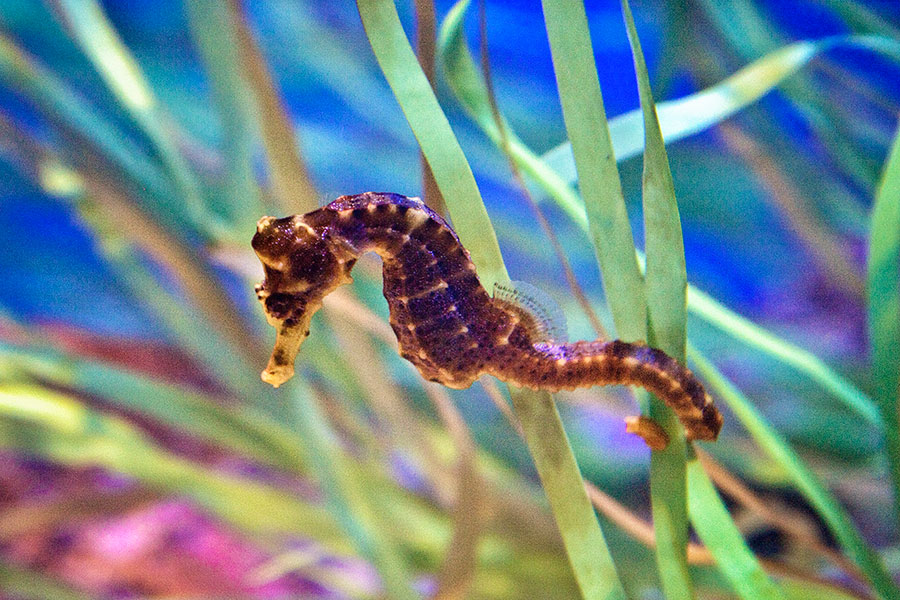
Pacific seahorse (Hippocampus ingens)
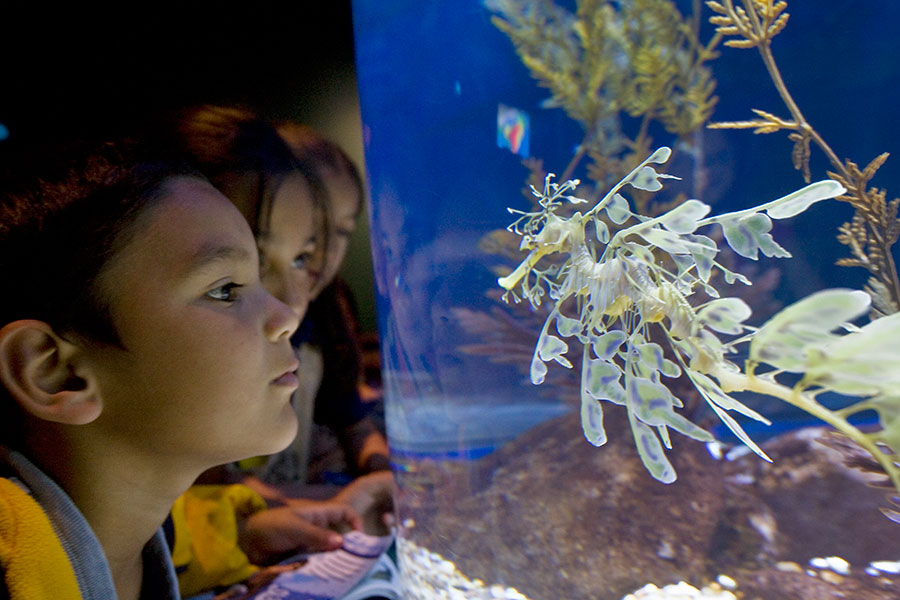
Credit: Tim Adams
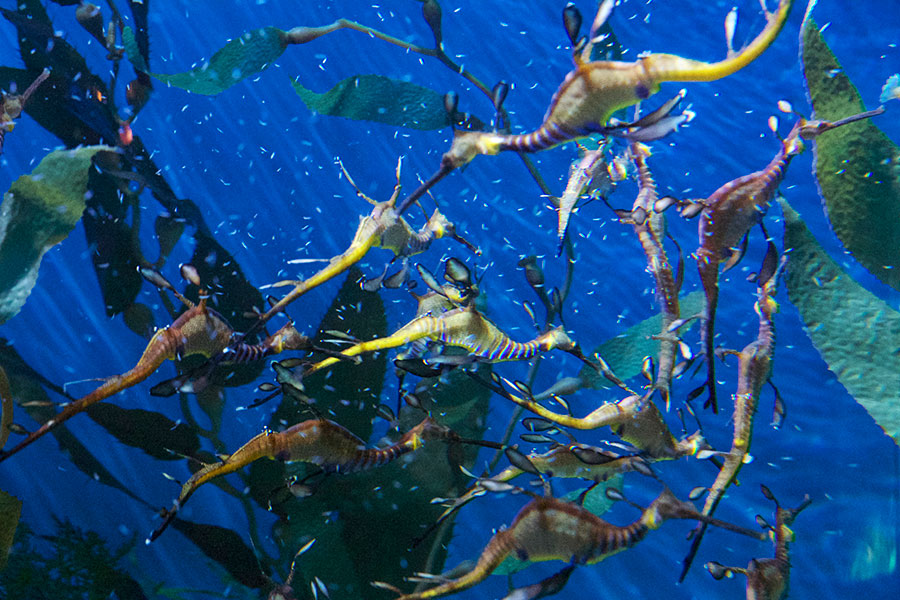
Weedy seadragons feeding (Phyllopteryx taeniolatus)
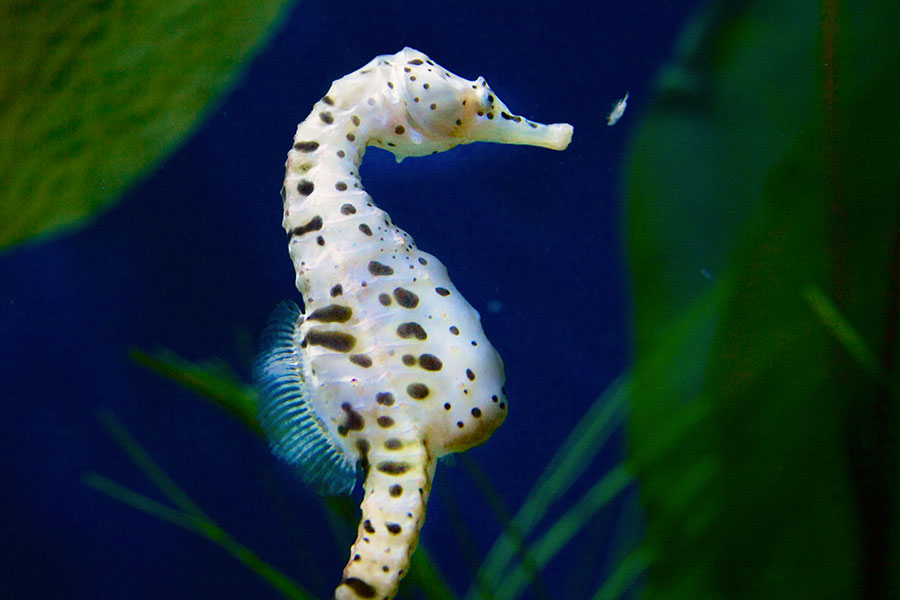
Pot-bellied Seahorse (Hippocampus abdominalis) Credit: Aquarium of the Pacific/Andrew Reitsma

Discount tickets available at Ralphs for a limited time